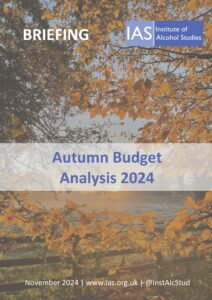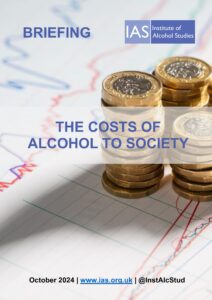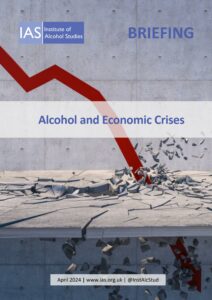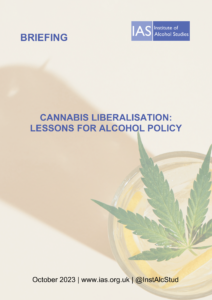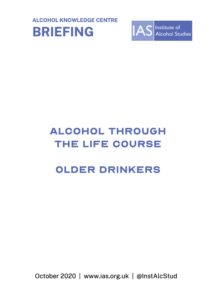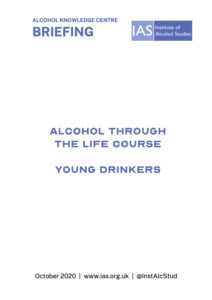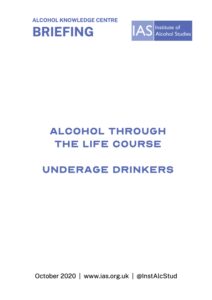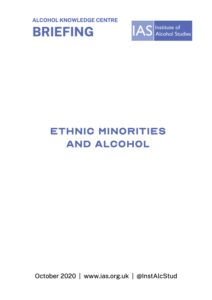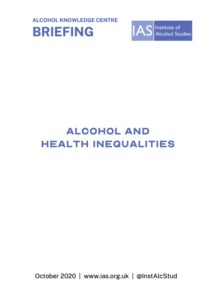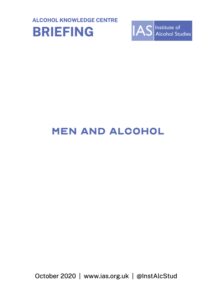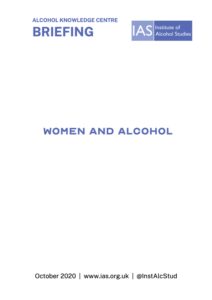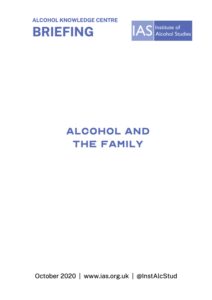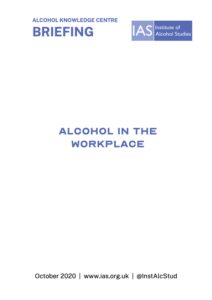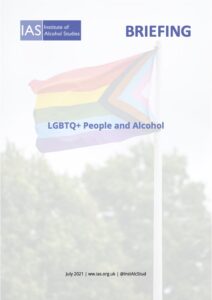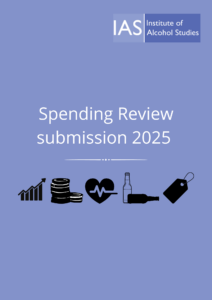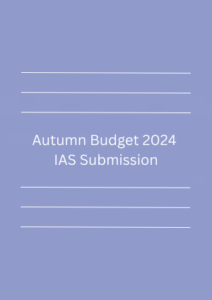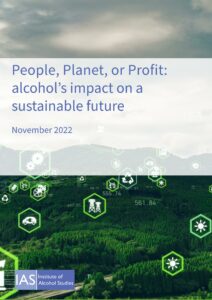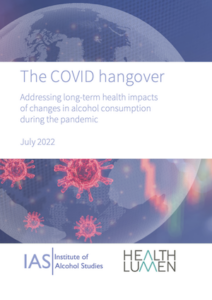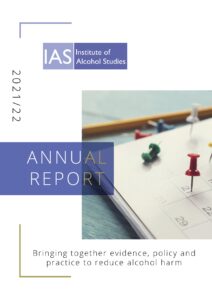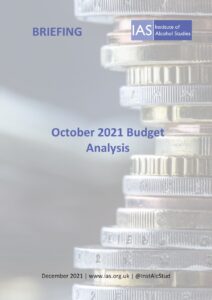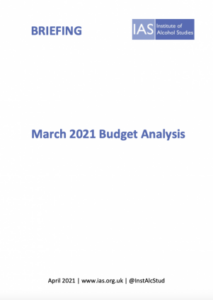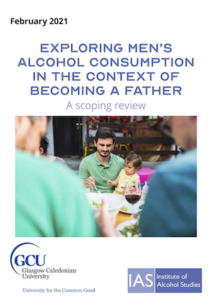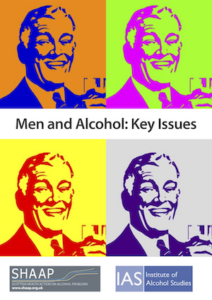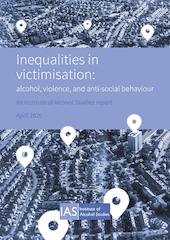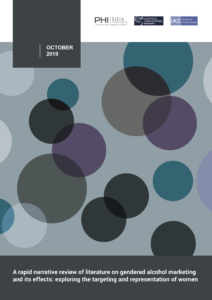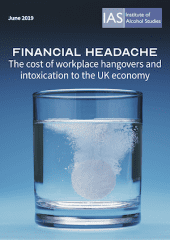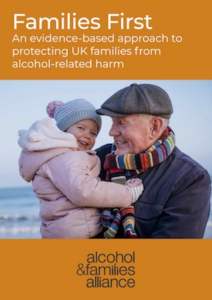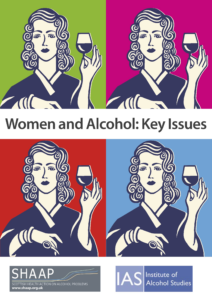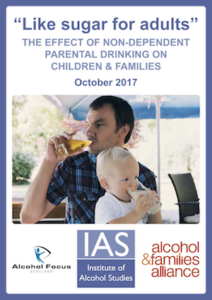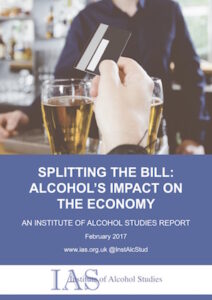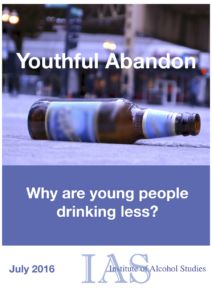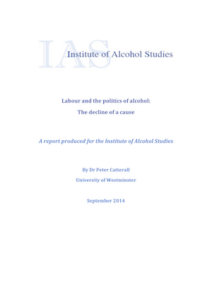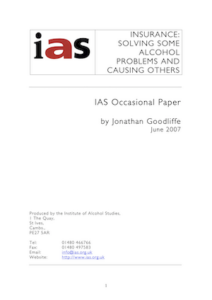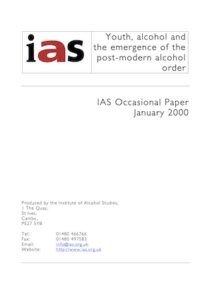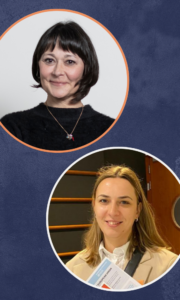On this page
The resources on this webpage provide information about alcohol’s impact on different demographic groups.
Alcohol is the second most widely consumed psychoactive substance in the UK (after caffeine) and is highly prevalent in personal and social situations. Nearly 30 million adult Brits say they drink alcohol, an indication of alcohol’s ubiquity and presence in so many areas of British society today.
Brits’ drinking habits have evolved over time in various ways, and have in turn affected the health of different social groups.
For example, since the year 2000, the gap between men and women’s alcohol consumption has closed markedly, the proportion of underage drinkers (defined here as those who purchase alcohol for consumption before they reach the minimum legal purchase age of 18) has receded, young drinkers’ intake (adults between 16 and 24 years of age) has become less frequent (but no less heavy), and survey data appear to show alcohol-related health issues mounting among a generation of older-aged Brits (those between 45 and 64 years of age), who appear to be relatively heavier drinkers than previous generations.
Facts and stats
The phenomenon where as the level of socioeconomic deprivation increases, so does alcohol-specific mortality, despite such groups consuming less alcohol
What is the alcohol harm paradox? by The Institute of Alcohol Studies
- Incidence rates for alcohol-related domestic violence among the most disadvantaged groups were up to 14 times higher compared with the least disadvantaged (IAS, 2020)
- 1 in 5 people in England had been harmed by others drinking alcohol over a single year. (Beynon, C. et al, 2019)
- In England, approximately 200,000 children are predicted to live with an alcohol dependent parent. (Pryce, R. et al. 2017)
- These children are six times more likely to experience domestic violence, three times more likely to consider suicide, and two or three times more likely to go on to have addiction problems themselves. (Nacoa, 2023)
- People who experience homelessness have an increased risk of problem drug and alcohol use and are at increased risk of a range of acute and chronic harms including poisoning, seizures, liver disease, cancers, assault and injuries, putting them at high risk of premature death. (Parkes et al. 2021)
- Alcohol-specific causes accounted for almost one in 10 (9.6%) of estimated deaths of homeless people registered in 2021. (ONS, 2022)
- 9% of people starting treatment for alcohol in 2021/22 reported a housing problem. (OHID, 2023)
Briefings
Reports
Blogs

France’s drinking dilemma: Why young adults buck the global trend
16th April 2025

Despite what many parents think, allowing teenagers to try alcohol at any age is harmful
8th April 2025

Policies that single out pregnant people’s drinking aren’t working, but there are other policies that appear to help
3rd April 2025

Gone but not forgotten: Why was the Northern Territory’s Minimum Unit Price removed?
1st April 2025
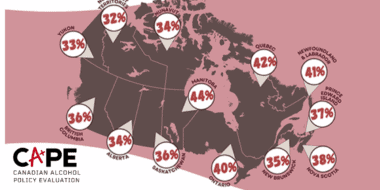
An alcohol policy community of practice: A model for knowledge-sharing and collaboration
27th March 2025

Rainbow-washing or genuine allyship? How alcohol companies target the LGBTQ+ community
10th March 2025

‘Dark Apps’ uncovered: popular alcohol tracking apps backed by the alcohol industry mislead users
25th February 2025

Alcohol calorie labelling might help change drinking habits
6th February 2025

